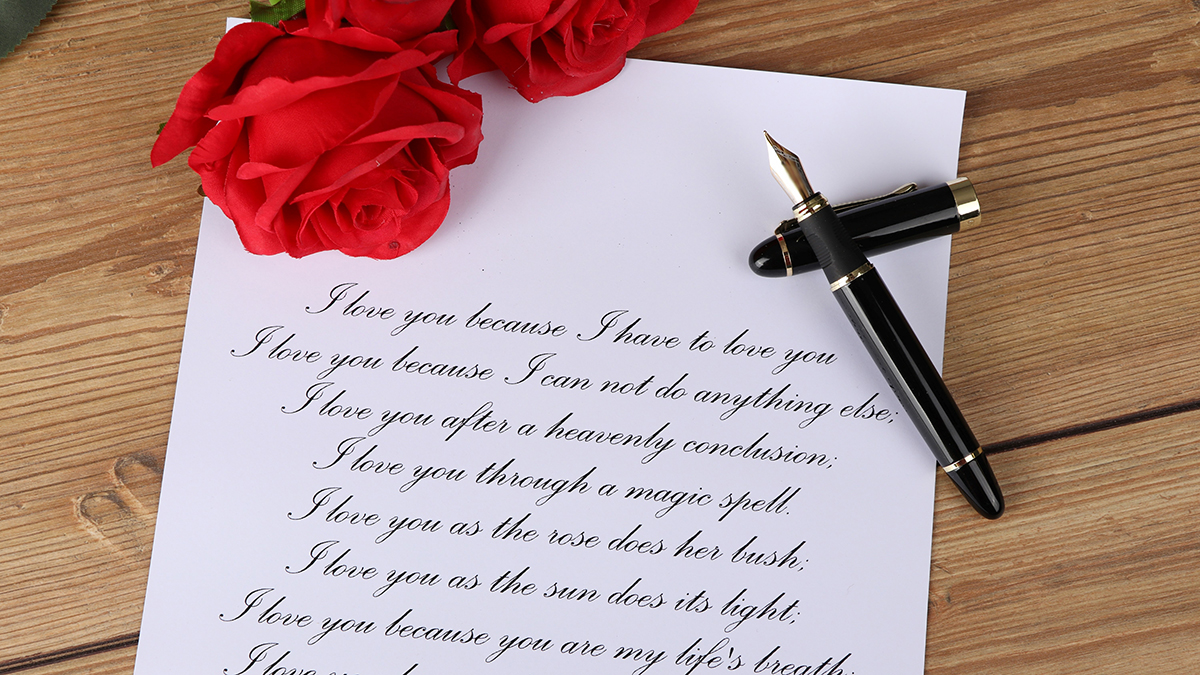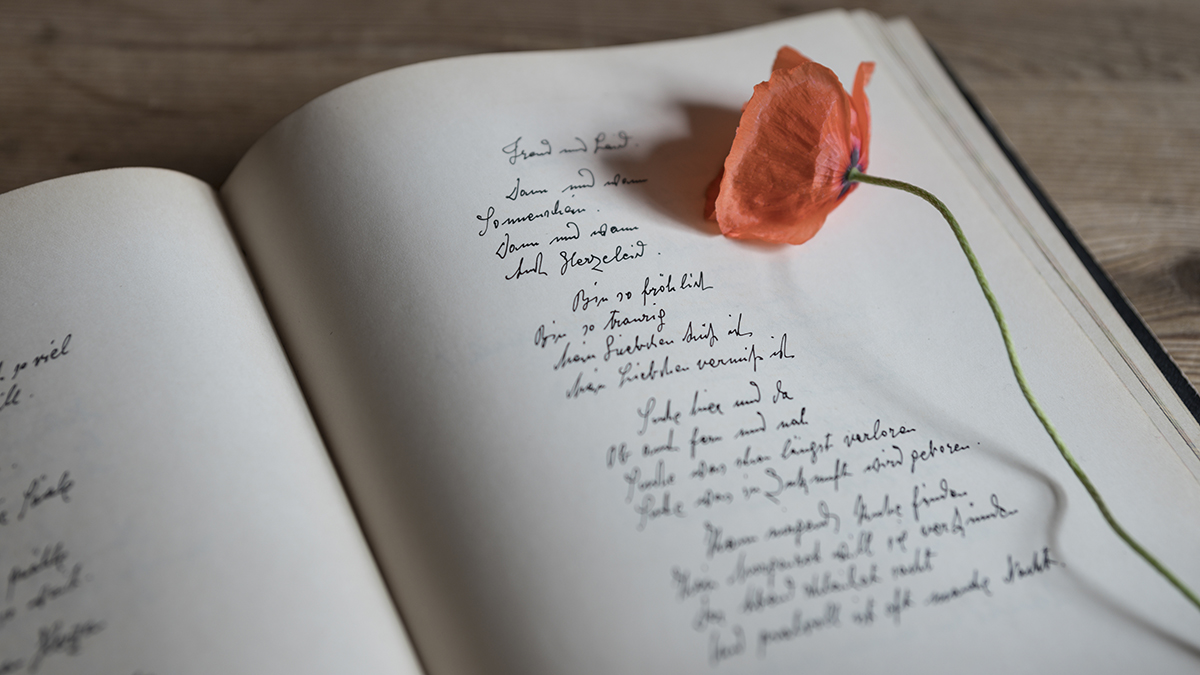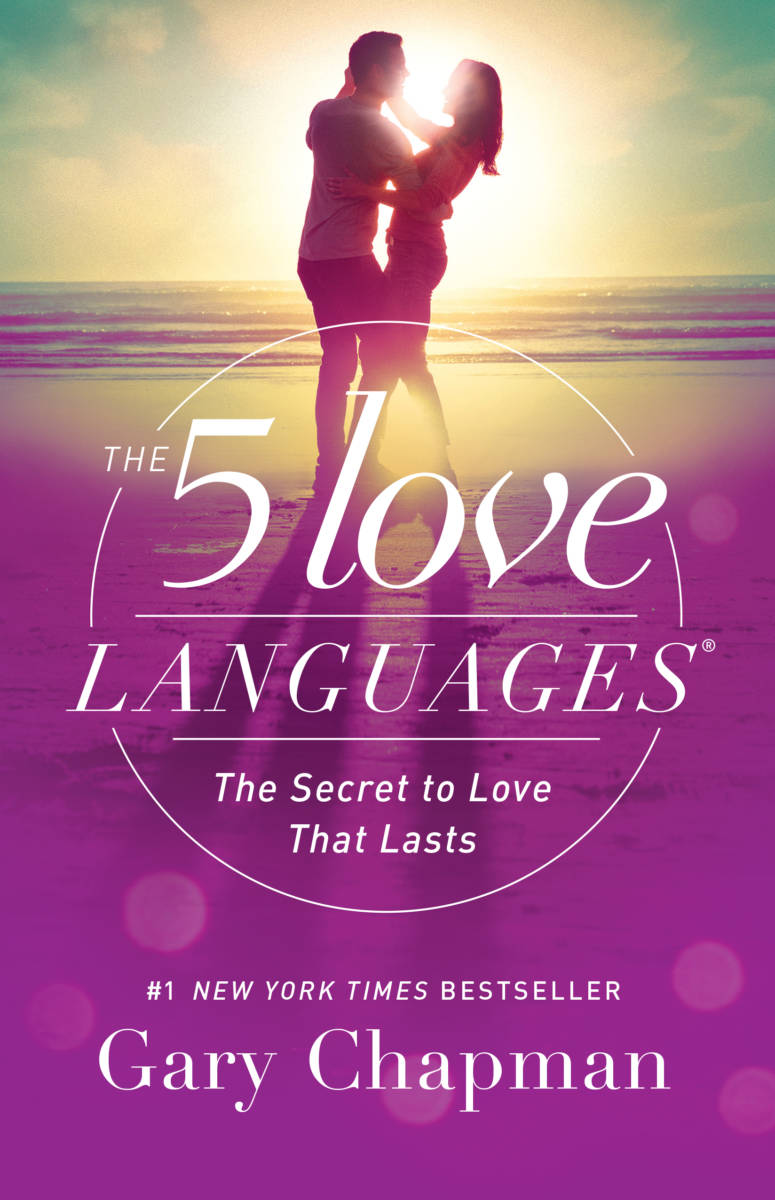Love may be a universal language – but how can you be sure your partner is understanding you? In the Language of Love, we explore how to prevent your expression from getting lost in translation. In this article, journalist Chris Richard offers tips on crafting Valentine’s Day poetry. #NoLimitsOnLove
This month, as I have every February for 36 years, I’ll conclude the arduous process of writing my wife a Valentine’s Day poem.
Once, I wrote a lot of poems. In college and for a couple years after I graduated, I thought I would spend the rest of my days as a poet. My wife and I started dating shortly after one Valentine’s Day, and a year later, writing her a poem seemed only natural. That was how I said the things vital to me.
But even by the time my wife and I began dating, I had already started turning from a life in poetry to what would become my life’s work, journalism.
I do think the best reporting has a lot in common with the epic poet Homer, who sang of battle and the fear of death, or the prophets, who denounced injustices and comforted the afflicted. At the same time, news reports can be the antithesis of poetry, cliché-ridden, superficial, barely clear enough for deadline publication, more-or-less functional, inelegant at best and sometimes downright ugly.
Chasing stories is a lot of fun, the public service is fulfilling, and writing on deadline is exhilarating. But when I’ve written badly, it’s often been because journalism is so driven by that deadline.
In the weeks before each Valentine’s Day, I renew my commitment to a timeless assignment. I find another way to tell my wife something particular I love about her.
These days, I find writing poetry even more challenging than other kinds of writing, because I only do it once a year. It’s worth it. This annual exercise also gives me the chance to reassess what I’m attempting to do in my work as a writer. My journalistic writing is for the readers. My poetry, which is not for the public but my wife, nevertheless gives me a unique chance to think deeply, to search out what to say and how.
Here are some of the ways I go about that.
Be a voracious reader

I read a lot. I think all writing, especially love poems, should use individual experience as a means to discuss bigger things. That’s what I look for when, starting in late December, I turn to websites such as the Academy of American Poets and The Poetry Foundation. The more I read, the more I learn about writing. I often reread poems I know by heart, like W.H. Auden’s “Lullaby,” which begins so tenderly with “Lay your sleeping head, my love, / Human on my faithless arm. …” moves immediately to the inevitability of loss, and ends in a blessing, hope, something I don’t completely understand but that do I know is true. So I read it again.
Find inspiration from other poets

I look for models to emulate. I’ve often studied Shakespeare’s sonnets for form and metaphor. I do the same with contemporary writers, such as Nobel laureate Louise Glück, whose work uses imagery from the natural world, often plants, or Kanye West, who at his best, in songs like “Runaway,” transforms shopworn phrases and shame, impotence, resentment, and yet another defeat. At his best, he makes all that transcendent.
I’m not talking about copying, but emulation, the same kind of exacting study and application as that achieved by my boyhood friends, who knew every nuance of Pittsburgh Pirates slugger Roberto Clemente’s swing. In Little League games, they made that swing their own.
Pay attention to the beat of life

I listen to the rhythms around me. Teachers of English as a second language sometimes use “jazz chants,” because there is so much jazz in North American English. Hearing another language, really listening, can help tune the ear to one’s own. That rainy night in Mexico City, were those men chanting a liturgy? “¡Capas, capas para que no se moje!” they sang. That long, sonorous final “mohay” drifted through the patter of rain and the swish of tires and the crowd murmuring past. No liturgy: the men were hawking rain capes. I’ll remember their music for the rest of my life. Think of other rhythms. Listen to a cotton-candy vendor’s cries, or the play-by-play for a baseball game, or somebody skipping rope. All that can go into poems.
Study forms and conventions
I pay attention to poetic forms and conventions. There are lots of textbooks on the subject. I think it’s a good idea to understand rhyme and meter in detail and through a lot of reading. In “Sound and Sense,” 18th-century poet Alexander Pope writes “True ease in writing comes from art, not chance, / As those move easiest who have learned to dance.” By “art,” Pope means acquired skill. In his day and for his elite readers, dancing was formal, as in the graceful minuet with its intricate steps.

True ease in writing comes from art, not chance, As those move easiest who have learned to dance.
Alexander Pope
Sound and Sense
I agree with Pope, to a degree. I think it can be effective to break form, so long as I know what I’m doing and why. Sometimes, the forms suit a writer’s purposes. That’s why they’ve survived.
Don’t be afraid to borrow ideas
I’m not afraid of saying the same things other people have said before. Take these lines from the Shirelles’ “Will You Love Me Tomorrow”:
Is this a lasting treasure
Or just a moment’s pleasure?
Here are two clichés in two lines, but who hasn’t wondered something like that, desiring and fearing at the same time? It rings true. It breaks the heart.
There are two more clichés of my own. People have been around a long time, and we’ve said a lot of the same things over and over again, including “I love you.” It’s fine to say something that’s been said before. Just say it truthfully. Being original is great.
Be truthful

I tell the truth as best I can. The truth, and especially the truth involving any loving bond, and even more the truth about a marriage spanning decades, is a big thing. Some of my poems to my wife are sweet and happy, and some have spoken of anger or doubt. One thing poetry shares with journalism is that it tells a focused truth. My wife listens. She’s kept all my poems in a little box.
My poem this year will sing about one part of that speaking and listening to each other over years and years, one thing for this one year, and I’ll pick something else next year, and so on for the rest of my life. As Emily Dickinson says,
Tell all the truth but tell it slant —
Success in Circuit lies
Too bright for our infirm Delight
The Truth’s superb surprise
As Lightning to the Children eased
With explanation kind
The Truth must dazzle gradually
Or every man be blind —



















